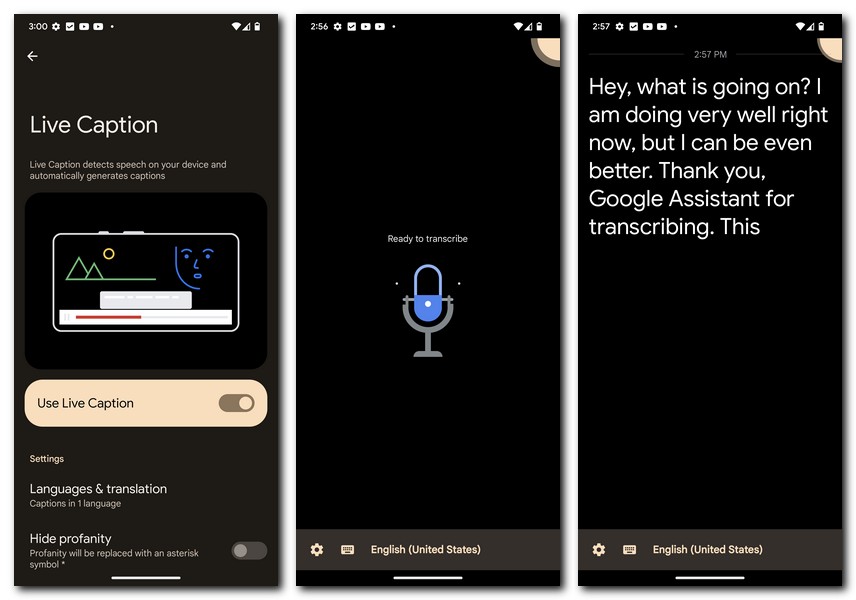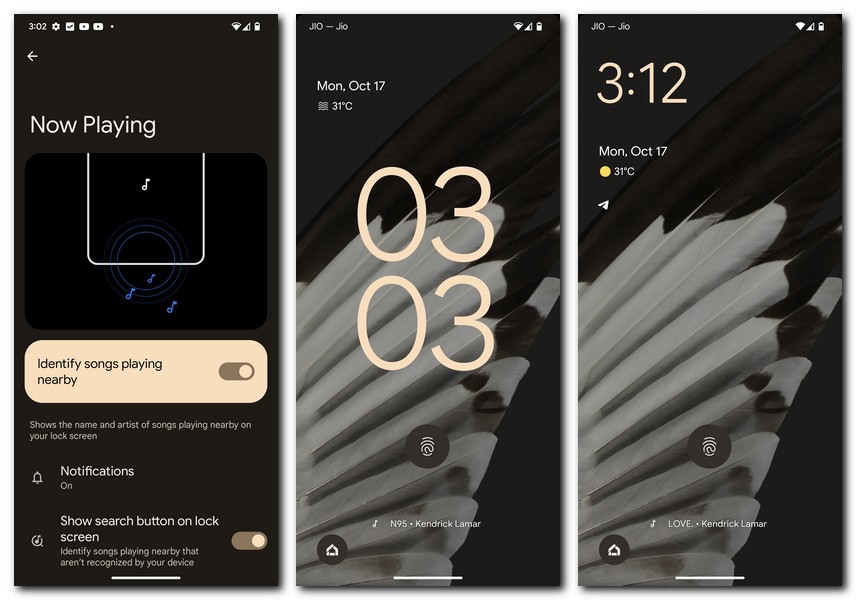There is a new Pixel in tech town. Google took the wraps off the Pixel 7a, the most affordable of its Pixel 7 phone range at Google I/O. And as always, the excitement around the arrival of a new Pixel gave rise to the question as to what exactly was so special about the Google phone range? After all, as per many, there were other devices in the market with comparable or even better hardware and design, and running Android too. So what exactly is there in the Pixel range that not only makes it different, but so different that Google can actually charge a premium for it? After all, the most affordable Pixel, the Pixel 7a, starts at Rs 43,999, which is significantly more than other phones with comparable specs (the OnePlus 11R being a prime example), and the Pixel 7 Pro comes with a price tag that is in iPhone 14 territory.
Well, the fact is that there is much more to the Pixel range than spec sheet specifics and software benchmarks. These phones are in a zone of their own, which is why there is so much hype and excitement every time a new Pixel is launched, even if it appears relatively routine on the surface.
What makes a Pixel special? Many things, but these nine stand out:
Table of Contents
Distinct design – the camera has a bar of its own
![]()
The Pixel range has one of the most distinct designs in the smartphone world. While other brands flip and flop between different materials and shapes, the Pixel range over the past few years has stuck to a very distinct yet consistent look. Pixel phones around the world are remarkable for the distinct camera bar on the back – a bar of metal across the back that contains the cameras and the flash. It makes the world realise from a distance that what you have in your hands is a Pixel. The brand is also known for innovative colour schemes, such as charcoal, obsidian, hazel and more. In some cases, even the power/display button had a very distinct shade of its that corresponded with the colour of the phone. It is also one of the few brands that is still coming out with relatively compact phones (the A series). In a world of phone design confusion, the Pixel stands out for its consistent design language. Predictable, some would say. Yes, but definitely distinct as well. There is no way you will mistake another phone for a recent Pixel. Or vice versa.
Special processors – making the opposition tense-r with Tensor
![]()
Most Android phones come with processors from either Qualcomm (Snapdragon), MediaTek (Dimensity) or Samsung (Exynos). In the case of Qualcomm and MediaTek in particular, you can find devices with the same processor from different brands. Well, the Pixel has a processor that is exclusive to it. After initially making most of its phones with Qualcomm, Google decided to come out with its own chips for the Pixel range. The result is the Tensor processor series, which is now in its second generation. You will not find this chip on any non-Pixel phone. If you want a Tensor chip, you will have to get a Pixel!
Better software-hardware integration – appy times!
![]()
You know how they say that iPhones are special because Apple makes the hardware and software and optimises both for each other? Well, that happens with the Pixel range too. In its initial period, Google used to make the software for the phones but the processor used to come from Qualcomm. But with Google opting to make its own Tensor chip which it has so far kept exclusive to the Pixel range, the search giant is in a position to have closer integration between hardware and software, ensuring that both don’t just say ‘hello’ to each other but also stay together in a productive partnership. Thanks to this, Pixels often outperform devices that have far better specs on paper. Google’s apps and features are designed exclusively keeping its own processor in mind. Which also means that other devices are often not able to run them as effortlessly or smoothly as a Pixel can!
Camera wizardry – Pixels go beyond megapixels
![]()
Google’s Pixel range has been known for its camera wizardry. And this flows not just from the camera sensors and hardware on Pixel phones, but from Google’s software wizardry. In fact, the Pixel range made “computational photography” a thing long before other brands (especially one from Cupertino) cottoned on to the term. As a result, Pixel phone cameras churn out performance that often defies their own specs. For instance, the digital zoom on many Pixel phones is close to what the optical zoom on others is, thanks to Google’s software algorithms. Pixel phones are also known for capturing an astonishing amount of detail – some would say they at times the cameras show detail that even the photograph did not know existed. Never judge a book by its cover or a person or a Google camera by its megapixels or even its sensor size!
Smart software and features – Pixel first stuff

Google’s hardware and software integration on the Pixel range often results in a number of smart features in Pixel devices that you do not find in other Android phones. Features like Smart Transcription (which automatically converts whatever is being spoken to written text), Talk to Type (which lets you compose and edit messages by merely speaking), Clear Calls (which suppresses background noise while you are talking), Magic Eraser (which lets you remove unwanted objects from an image) and many others came first to the Pixel and even now tend to work more smoothly on Pixel devices. Some of these features have made their way to other Android devices, but many remain Pixel exclusives. And in some cases, like Magic Eraser, they still work best on Pixels.
Standard Android – OG Android phone
There are many brands in the market that claim to offer stock Android or near-stock Android experience on their smartphones. But if you are looking for the benchmark in terms of pure or stock Android, then you go get a Pixel, which comes with OG Android. The Pixel is often the first phone to come with a new version of Android and showcases many of its features. It is Google’s software in all its glory on its smartphone.
Just Android – bloatware? What bloatware?

If you get a Pixel, you will get Android and Android alone, with no third-party apps taking up space on your phone. There is no chance of ads popping up from any nook or cranny or getting weird notifications from apps or services running in the background without your knowledge. It is the exact opposite of the slightly cluttered experience that one gets on many Android phones running, especially those with a loaded, feature-rich UI and pre-installed third-party apps. In some cases, even the wallpapers come with ads. Those who have not used Android on a Pixel before might find it a little bare bones but those who enjoy control and customising their smartphones according to their taste will relish the absolute plainness of Android on Pixel.
Always updated – first to get updates
The timing of the rollout of Android updates is one of the biggest headaches in the smartphone world with many smartphones running on a version as old as Android 10 even today. But that is not the case with a Pixel. As Pixel comes from Google product, the lord and master of Android, Google updates its devices the fastest and more frequently than most other Android phones do. There is no conspiracy here. It is a simple matter of tuning hardware and software and as Google has control over both with the Pixel, it’s easier for the company to roll out updates, which is unfortunately not the case with other brands. So if you have a Pixel, rest assured that you will be among the first to get updated to a new version of Android or get the latest security patch!
In line with the future – beta test future Android versions
Pixel users not only get their hands on the latest Android, but can even get a sneak peek of the new features that will come on the next version of Android before it is even released officially. Google makes beta versions of forthcoming versions of Android available to different devices, and not surprisingly, Pixels often get priority in that regard as they are devices from the house of Google itself. Those who sign up for beta testing future Android versions can thus get a feel of what Google is working on, on their Pixels. Phones from select other brands also get access to beta versions of Android, but these are fewer in number. So, a Pixel not only gets you the best seat in the house of the latest Android show, but also lets you view trailers of future versions. A word of caution – it is often quite fun to have access to new features and functions before most of the world gets them, but beta versions of Android can be notoriously buggy as well.






